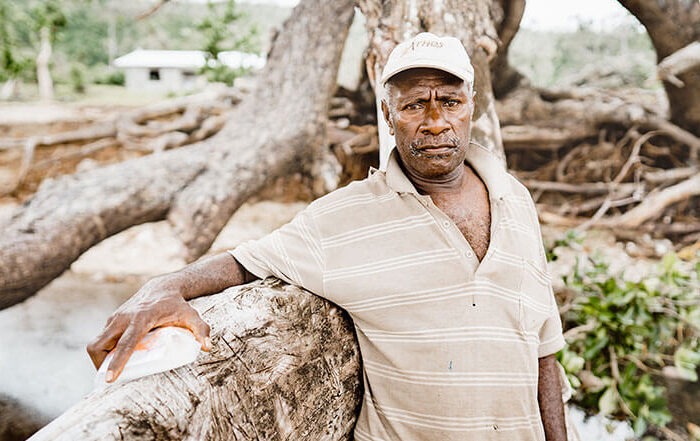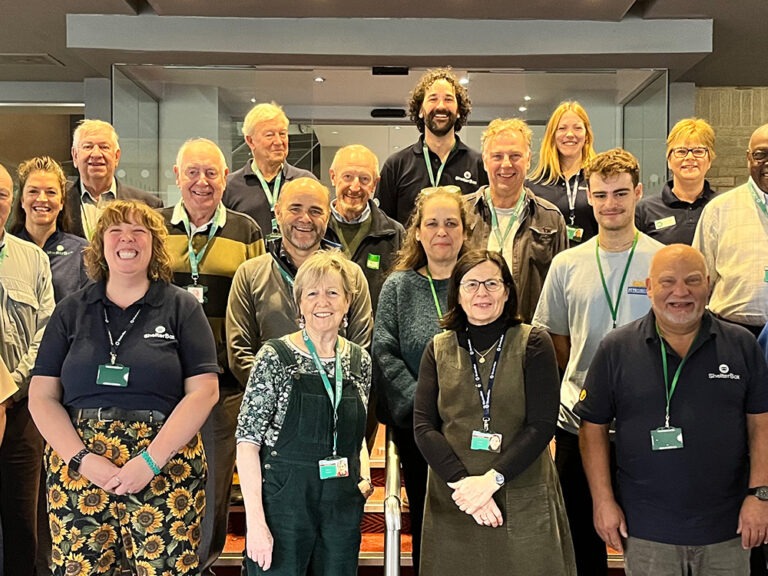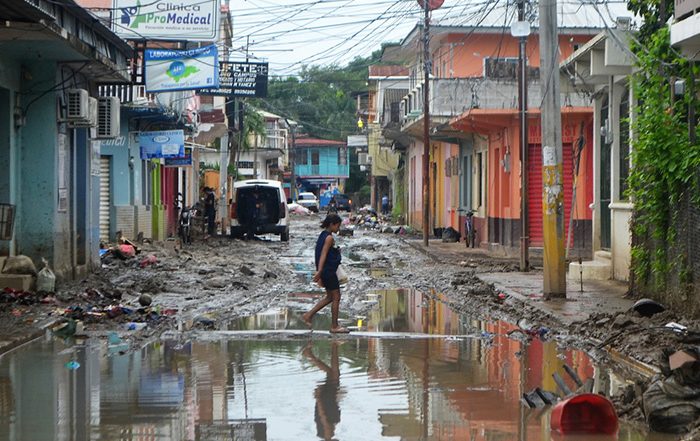
Climate change
Learn about storm season
We’re providing emergency shelter for families who have lost their homes to extreme storms, but we need your help.


